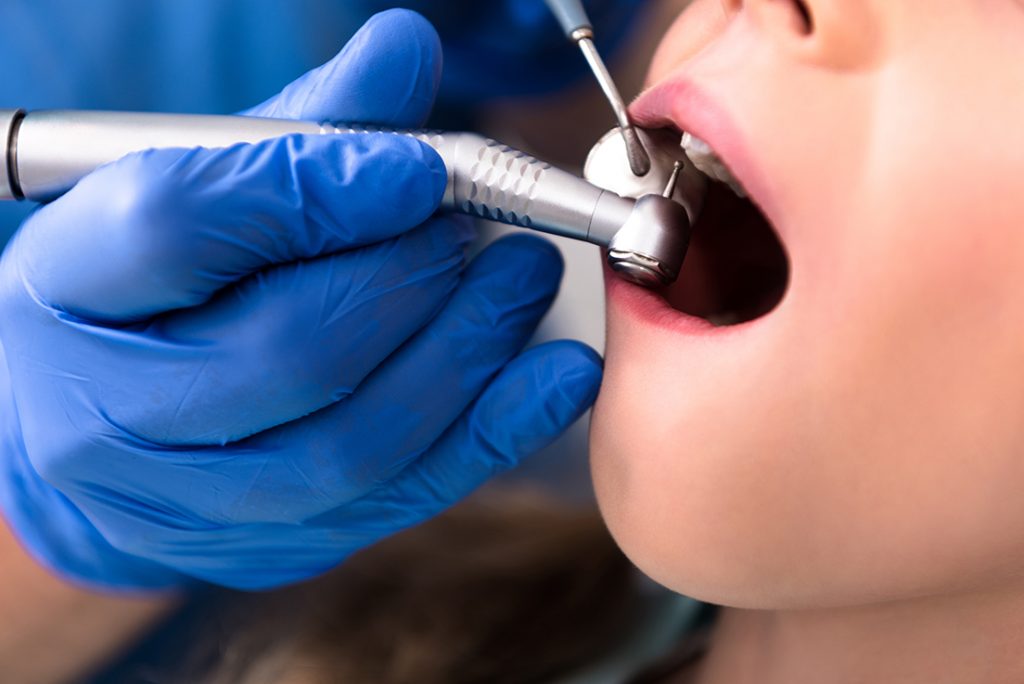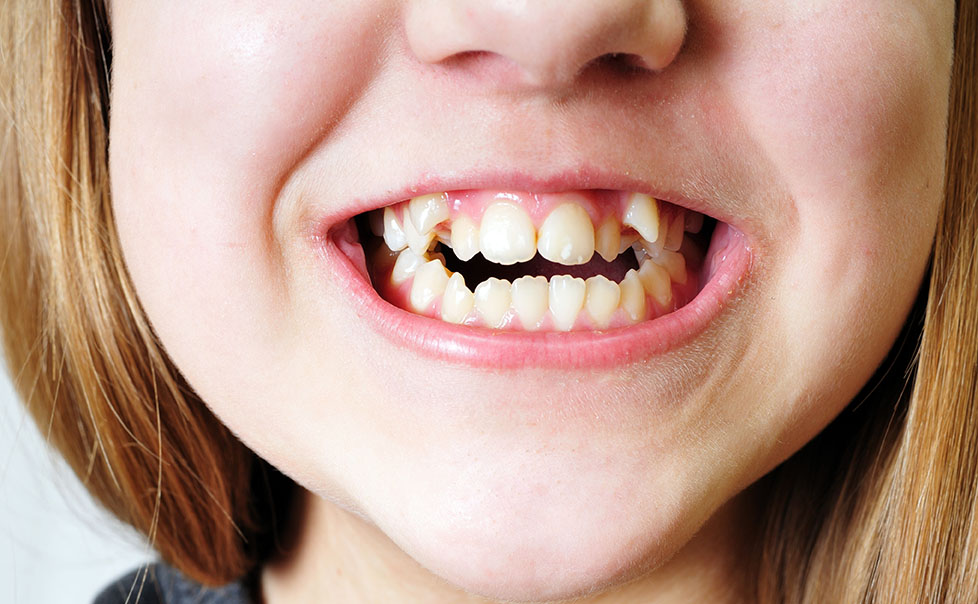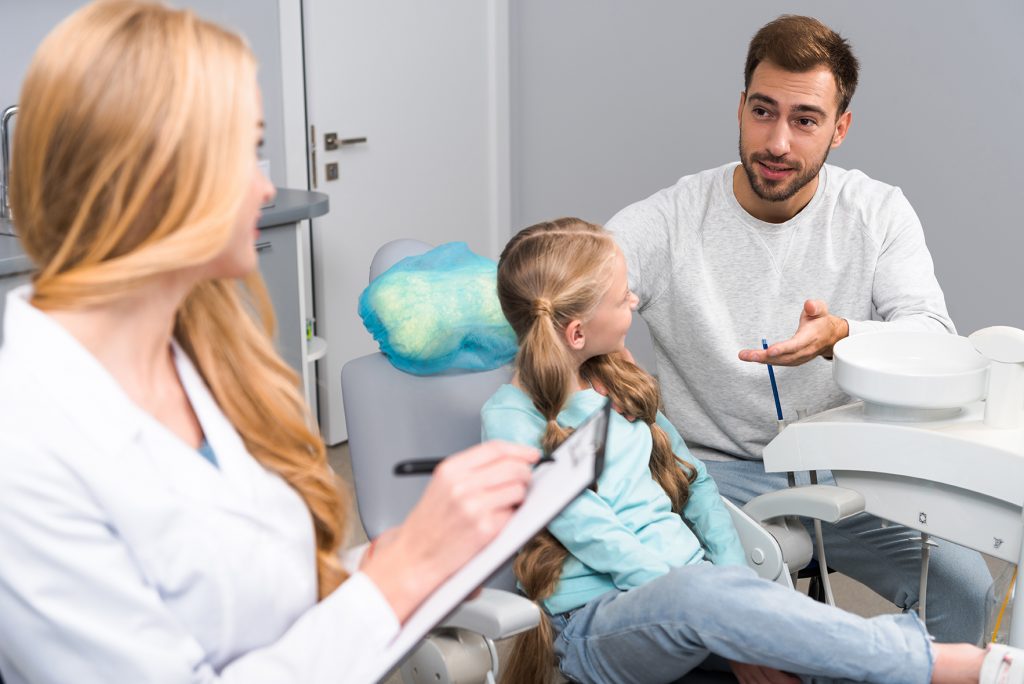
As a parent, the wellbeing of your children is a critical consideration, and that includes their oral health. For instance, if you suspect they may be developing crooked teeth, you’re likely wondering whether there’s a right age for children to get orthodontic treatment such as lingual braces.
According to the NHS, the best age for your child to get orthodontic treatment is around 12 or 13, when their mouth and jaws are still growing. The exact age your youngster should start wearing braces depends on the cause and complexity of the problem.
An early orthodontic appraisal enables timely treatment to lessen the risk of more severe issues in the future and simplify or possibly avoid further treatment. Immediate treatment isn’t always necessary but your child’s orthodontist can detect and monitor any potential problems.

Most children have a full set of baby teeth by three years old. By the time they’re five or six, they start to lose these milk teeth as they make way for their permanent, adult teeth. By the age of 12 to 14, they usually have all their permanent teeth, except for wisdom teeth.
As your child’s adult teeth emerge, you may become concerned about apparent irregularities – they may erupt at a skewed angle as they compete for space, for example.
In many cases, these potential issues resolve themselves. As more permanent teeth erupt through the gums, they begin to settle and take on a more uniform appearance.
However, about one-third of youngsters in the UK experience problems requiring orthodontic attention, and many of these issues are inherited.
Signs your child may need orthodontic treatment include:
Orthodontic treatment is aimed at giving your child a healthy bite function, which entails correcting teeth alignment and jaw positioning issues.
This will enable your child to eat and speak properly. It also promotes better oral health because straight teeth are easier to keep clean – avoiding problems such as tooth decay and gum infection – and less prone to injury.
Children’s orthodontic therapy also has cosmetic and emotional benefits. The resulting attractive smile as teeth, lips and face are brought into proportion improves self-confidence.
Early orthodontic treatment can help to:
Malocclusion – various bite irregularities when the upper and lower teeth don’t come together properly.
Misaligned teeth can be particularly tricky for a child to keep clean – and effective oral hygiene from a young age is crucial to avoid problems such as cavities and gum problems.

Regular check-ups are essential so your child’s dentist can monitor the development of their teeth. If there are potential issues like teeth misalignment, their dentist can refer them for a free NHS orthodontic assessment, which uses a system called the Index of Orthodontic Treatment Need (IOTN).
However, this doesn’t necessarily mean they’ll qualify for free orthodontic treatment. NHS orthodontics is limited to cases like severe crowding or protrusion of teeth, and waiting lists are typically long – six months at the best. Treatment for issues deemed as more “cosmetic” are not generally available on the NHS.
You can also send your child directly for private orthodontic evaluation and treatment at any time.
The only orthodontic treatment provided free by the NHS is with traditional metal braces. Going private offers more options, including clear plastic aligners that are much less conspicuous and won’t make your child feel self-conscious.
Getting Expert Help on the Timing of Your Child’s Orthodontic Treatment
Although orthodontics can straighten teeth at any age, therapy is typically more effective for children whose bones are still developing.
Treatment often starts when most permanent teeth have emerged, around the ages of 10 to 14 but some children begin treatment as early as seven or eight.
This shows there’s no one-size-fits-all right age for children’s orthodontic care. The best age for your child to get orthodontic treatment depends on factors such as:• The type of orthodontic problem they have or may be developing.• Their stage of dental development.
Some young patients may require tooth movement only, while others might need help with guiding the growth of their jaws.
The best person to advise you on the optimum time for your child to have orthodontic treatment is an experienced orthodontist.